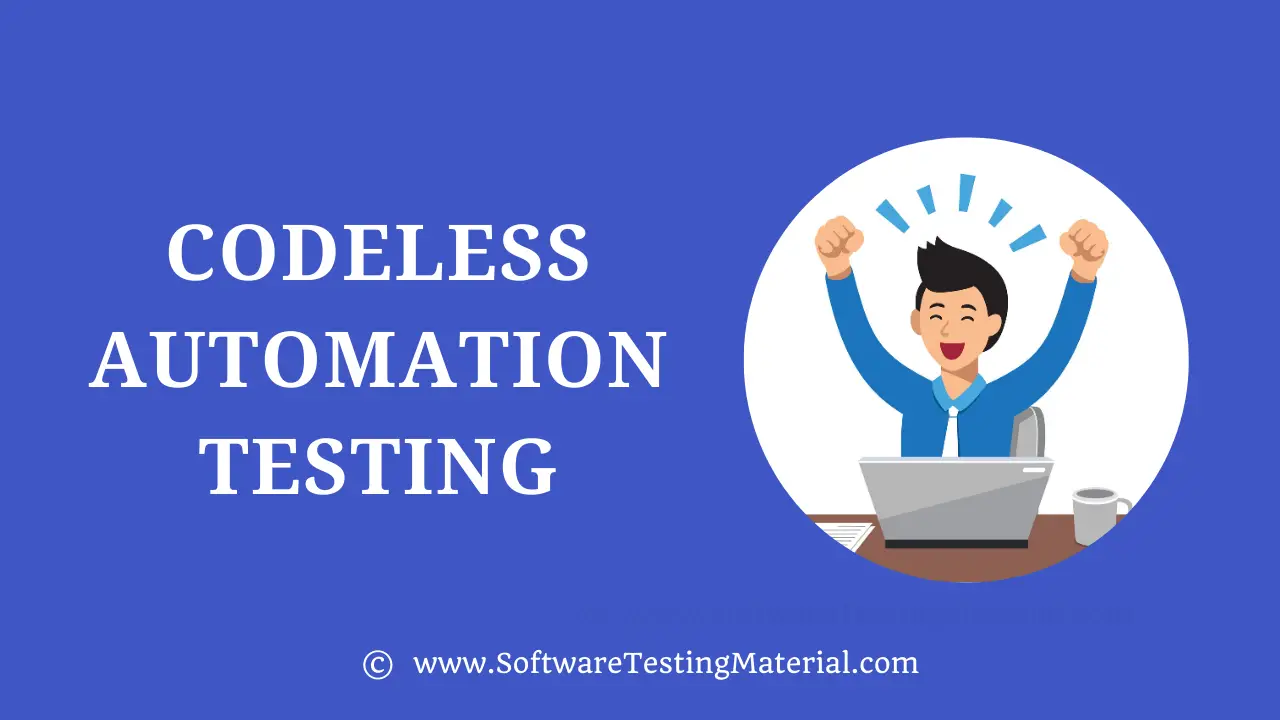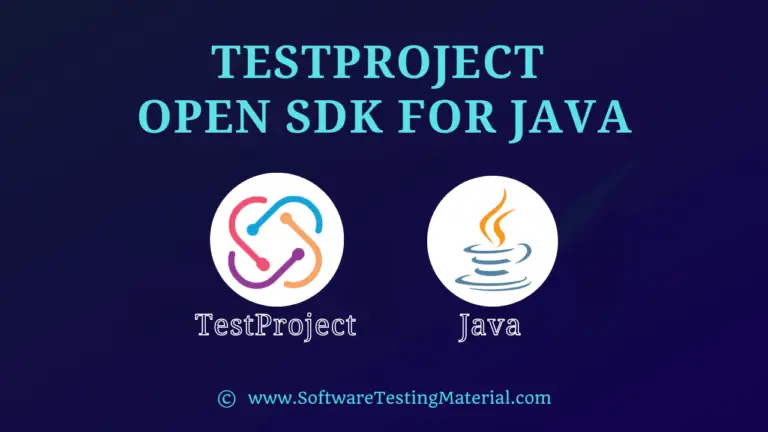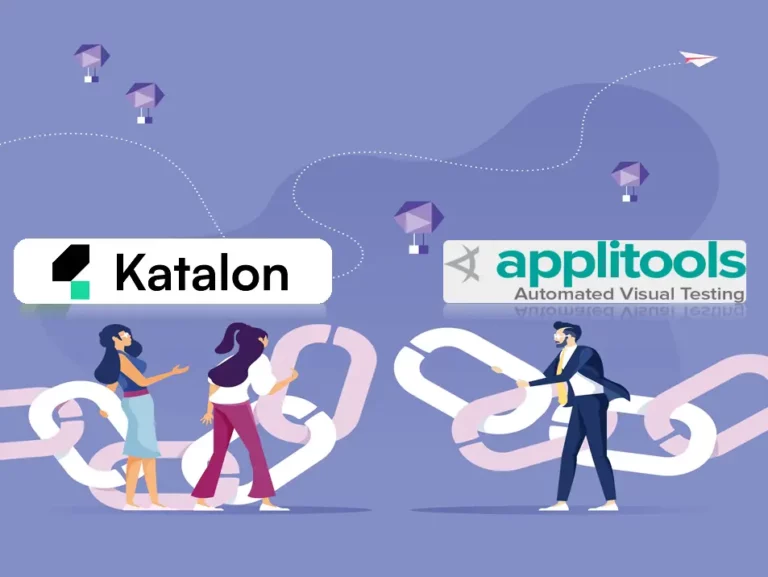Codeless Automation Testing: A Technique to Implement in 2025

Businesses must incessantly evolve to stay in the competition. In 2023, the knowledge gap between testers and developers will be narrowed, and human intervention should be minimalized. As a matter of fact, Codeless Automation Testing comes into the picture. It is anticipated to become a promising, and much more efficient solution that every QA team must consider adopting this year.
Challenges of Manual Testing and Automated Test Scripts
Test scripts allow QA engineers to try out multiple scenarios and inputs to detect bugs. So is manual testing. The catch is, manual testing is ineffective, risky, and time-consuming. Similarly, testers are not developers. Coding takes years to excel—therefore, code-based testing is not the ideal solution for every tester.
The ever-changing IT industry always demands organizations to deliver products faster and more continuously. Unfortunately, if QA teams continue to heavily rely on step-by-step manual testing and require testers to write code, it is a surefire way for them and their projects to fall behind.
As a matter of fact, to become an Agile team, QA engineers and QA leads must have a good strategy to make sure their products are delivered and updated frequently. In this case, codeless test automation comes to the picture as a game-changing solution.
This has led to the growth of test automation tools that support codeles testing, namely Selenium, Katalon Studio, TestComplete, and many more.
What is Codeless Automation Testing?
Codeless testing is creating automation tests without any code lines required. In other words, codeless testing helps testers take away the burden of coding skills in writing test scripts. As such, testers can focus their time and efforts on the most important tasks: testing functionality and evaluating user experience.
There are two most prominent approaches to codeless automation testing, including recording manual testing and playing back, or building structured test flow diagrams that are used to run test cases.
Record and playback approach is reported as the most popular one right now and widely adopted in web-based products. The mechanism behind this approach is that testers manually execute a test case, which is recorded click by click by the tool. The tool then can create test scripts accordingly to automate the test itself. Testers can also modify the test scripts or process to best fit their testing requirements.
Benefits of Codeless Test Automation
Quick to learn and implement
With codeless automated testing, testers will no longer have to spend time coding or creating test scripts on complex automation frameworks. Codeless testing is most effective in GUI tests. QA engineers can record and automate user-like behaviors, exploit the UI elements, and take away the hurdle of dealing with complex testing frameworks.
Another advantage of codeless automation in GUI testing is that the test cases can be automated as soon as the UI is ready.
Easy test automation
Codeless automated testing is easy—simply put. Because no coding is involved, QA teams can spend less time and effort on creating test scripts, yet can still guarantee the same output. In fact, codeless test automation can help increase test coverage and maintain complex test scripts more easily.
Remove tedious tasks
Codeless test automation—as well as automated testing—also help reduce QA teams’ effort on mundane and repetitive tasks. When QA teams no longer have to spend time and effort on writing test scripts, they will have more room to focus on their product’s functionality and the user experience.
Avoid coding scripts—whenever unnecessary
Because codeless testing mostly uses UI and visual elements while building test cases, it can help QA engineers start testing the interface in the early stage. Moreover, as this technique relies on the native identification of the web elements, testers would not have to write or even read codes, if this process is unnecessary in their testing procedures.
Drive technology and business efficiency
Codeless test automation is considered a cost-effective solution, especially for medium to large QA teams. The reason is that this technique skips the developers’ dependency and allows the testers to perform testing by themselves. Therefore, the developers will not have to be involved in creating UI tests. This significantly creates more room for the developers to focus on other tasks such as inventing.
Codeless Features to Look For in a Testing Tool

Features that support low-to-no programming skill
The first and foremost feature of a codeless test automation tool is the ability to directly interact with the app elements. Automatic test scripts generation is also another essential feature.
Testers are not programmers, and automation engineers that are capable of the job are rare. Codeless testing tools require less programming skills while still ensuring coverage, scalability, and maintenance capability.
Features with assistance of AI/ML
In 2023, Artificial intelligence and machine learning will continue to be the main focus of businesses and QA teams. AI applications will add significant benefits and make things easier for testers and QA teams as they scale up.
A good codeless test automation tool should have AI-assisted features that support test case maintenance, risk assessment, issue detection, and prioritization. The tool should also be able to use AI image-based recognition to detect web elements.
Learn how AI will play a critical role in the QA strategies of the future
Features for smart and shareable test analytics
“Smart” testing is the next criteria that a complete automation tool ought to have.
Automation tools with smart test analytics will help QA engineers deal with bulks of log history and data using AI features. Therefore, teams can oversee the whole product quality, efficiency, and performance. Several codeless testing tools also enable monitoring test results and execution time, as well as sharing the results across team multiple members and projects.
As a result, the entire team will receive a continuous feedback loop between departments, have a clearer picture of the status of each execution, and reduce workflow disruption.
Katalon Studio: A Complete Codeless Automation Testing Solution

Katalon Studio is one of the few comprehensive frameworks that are designed for codeless test automation. Katalon Studio allows the end-users to create tests, manage test projects, view results in smart dashboards and analytics, collaborate with team members, and integrate with CI/CD ecosystems.
Thanks to the rich set of features in Katalon Studio, you can do all these things in one single platform. Moreover, all of Katalon Studio features are designed for users both with and without coding experience. These are some of the main codeless features that you may find in the tool:
- Powerful Record and Playback: Identifying objects on applications is time-consuming. Katalon Web Recorder Utility captures your actions being performed on an application and converts them into runnable codes in the back-end.
- Behavior-Driven Development (BDD): Katalon Studio supports Cucumber Runner for BDD and integration with Jira. BDD is a methodology that has been widely adopted by Agile teams. This practice helps close the technical and communication gap between team members. QA engineers, developers, product managers, and business analysts can collaborate in one project with ease.
- Smart XPath: When an application changes, one of the things that are hard to fix the most is element location. Katalon Smart XPath uses AI to automatically locate the web or app elements to help you cope with constant changes in every new release.
- Smart Wait: This feature handles the Wait issues in Selenium. Katalon Studio will automatically wait for all front-end processes of a web page to complete before moving on to the next steps.
- Image-based recognition: This is considered a breakthrough feature in Katalon Studio version 7.0. In the first release of this feature, the end-users can interact with the application elements with keywords, instead of writing scripts to locate them.
- Dual-editor interface: The manual and scripting options in Katalon Studio enable automation novices to start automating right away, and automation experts to write advanced test scripts.
All features in Katalon Studio are built to be scalable for small to medium and large QA teams. The tool allows QA engineers and teams to conduct tests with the most minimal effort. From a business perspective, for large teams and enterprises, reducing effort on manual and repetitive tasks can also lower the maintenance costs and drive better ROI.
The tool’s capabilities to scale with teams/companies at any size is proven through their product development strategy:
- Complete application under test (AUT) coverage: Katalon Studio now supports desktop app testing, along with web apps, mobile apps, and API testing. By providing such a complete solution, the Katalon team shows that they are able to accommodate their users in all scenarios, even when their project requirements change.
- Test objects refactoring: Allows end-users to reuse test cases and test objects. This feature also supports viewing and managing the unused test objects within a few clicks.
- Test objects sharing: Import and export test artifacts across multiple test projects without having to re-write test scripts or start from scratch. This feature is supposed to avoid the time wasted on reinventing the wheel for teams with a large number of testers.
- Rich technical resources to improve testing skills: With a complete set of documentation and a community of worldwide testers, Katalon offers a great opportunity for everyone to level up their testing skills. More than a codeless testing tool, Katalon Studio is built as a designated solution for teams that want to convert manual testers to automation testers with minimal effort.
In 2019, Katalon Studio was ranked as one of the best test automation software by Gartner Peer Insights, with more than 500 positive reviews from thought leaders and industry experts.
Katalon Studio is trusted by more than 65,000 companies all over the world. Many of them are large Fortune 500 enterprises, namely AT&T, 53Bank, CVS Health, General Motors, and so on.






